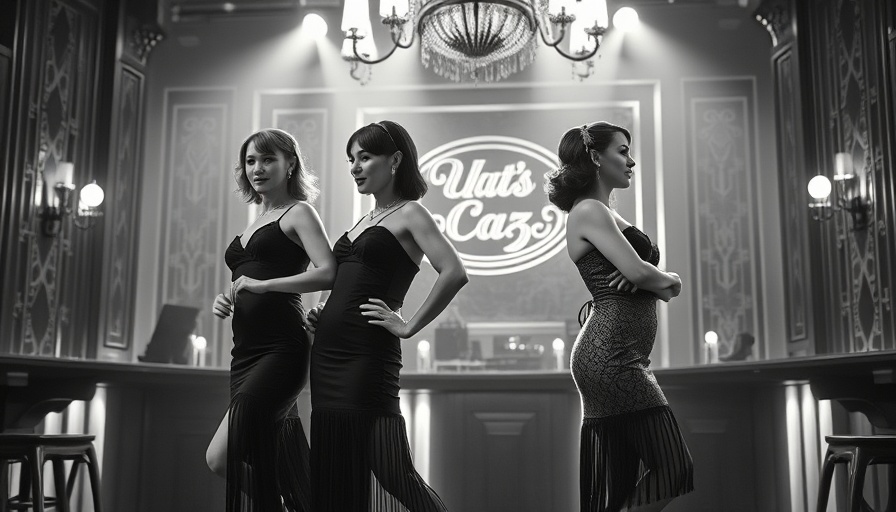
The Cotton Club: A Nightlife Icon in Harlem’s History
The Cotton Club, which became Harlem's iconic nightclub during the roaring 1920s and 1930s, represented more than just a venue for entertainment; it was a cultural touchstone that reflected both the lavish lifestyle and deep-seated segregation of the time. Initially opened in 1920 by boxing champion Jack Johnson, its transformation by notorious bootlegger Owney Madden marked the beginning of its storied legacy. Situated at 142nd Street and Lenox Avenue, this club was a beacon of the Jazz Age, attracting a predominantly white audience eager to experience the flourishing Black culture of Harlem.
The Harlem Renaissance: Jazz, Prohibition, and Cultural Exchange
During the 1920s, Harlem emerged as a vibrant hub, synonymous with the Harlem Renaissance, a period characterized by a blossoming of arts and literature. Venues like the Cotton Club and the Savoy Ballroom became symbols of this era, where jazz music thrived under the melodies of legends like Duke Ellington and Cab Calloway. However, the allure for white patrons often involved a paradox: they experienced the music and the spectacle but were separated from the very culture they sought to enjoy.
Behind the Glamour: Segregation and Discrimination
While the Cotton Club offered a stage for remarkable talent, it also imposed strict segregation policies that stifled the interactions between Black performers and their white audience. The club’s aesthetic demands for its performers created a narrow definition of beauty, favoring light-skinned women while presenting a restrictive backdrop against which Black artists had to perform. Interestingly, these dynamics made the Cotton Club both a venue for incredible artistic expression and a reflection of societal prejudices of its time.
Legacy and Cultural Significance
Despite the discriminatory practices, the legacy of the Cotton Club remains indelible in American cultural history. It served as the launching pad for many African American artists, contributing significantly to the mainstream acceptance of jazz. As we look back at this period, the Cotton Club stands not only as a nightlife icon but also as a microcosm of the broader struggles and triumphs of a significant cultural movement.
 Add Row
Add Row  Add Element
Add Element 



Write A Comment